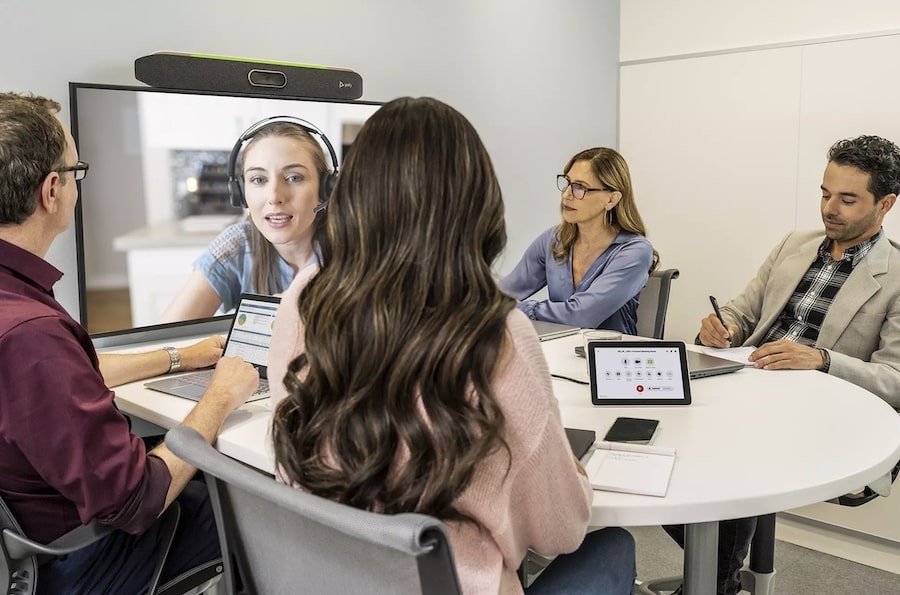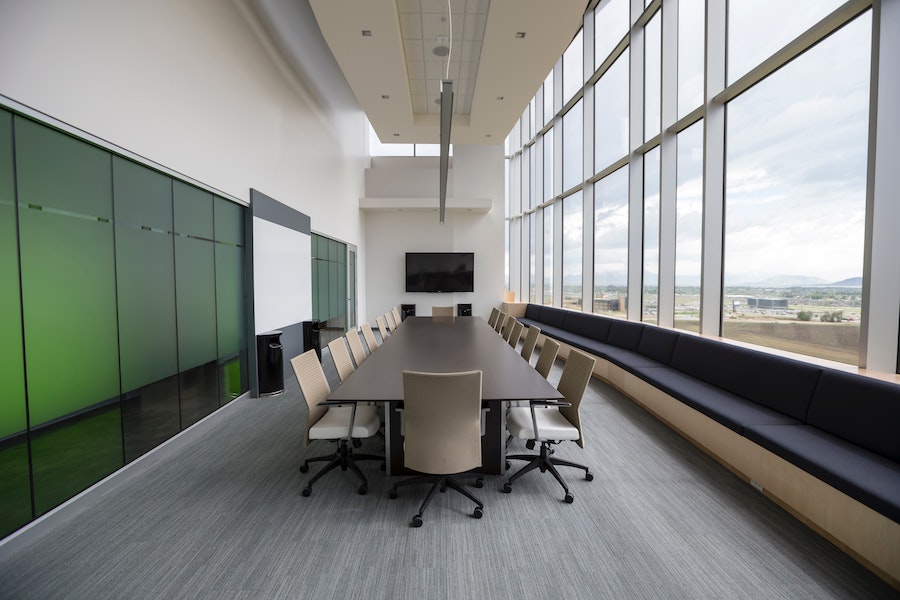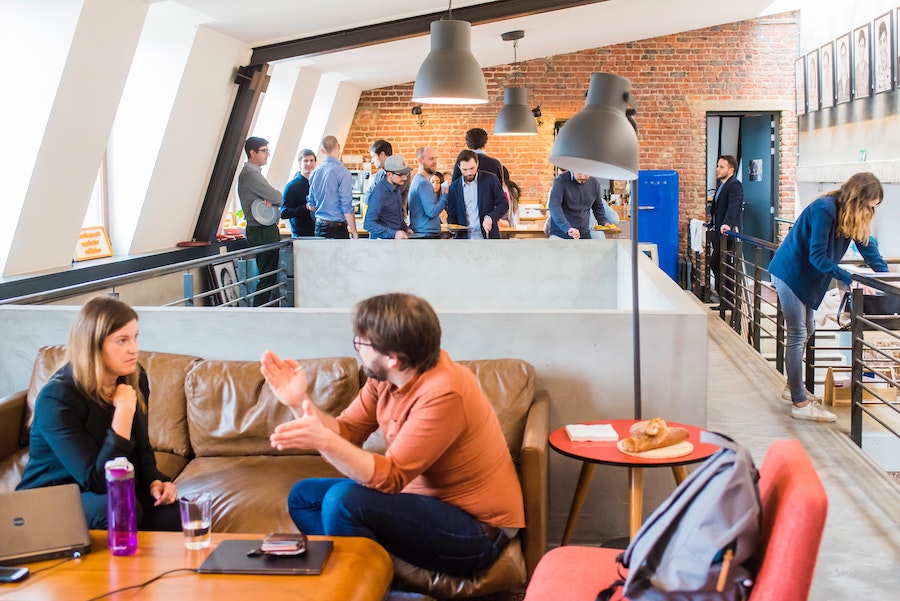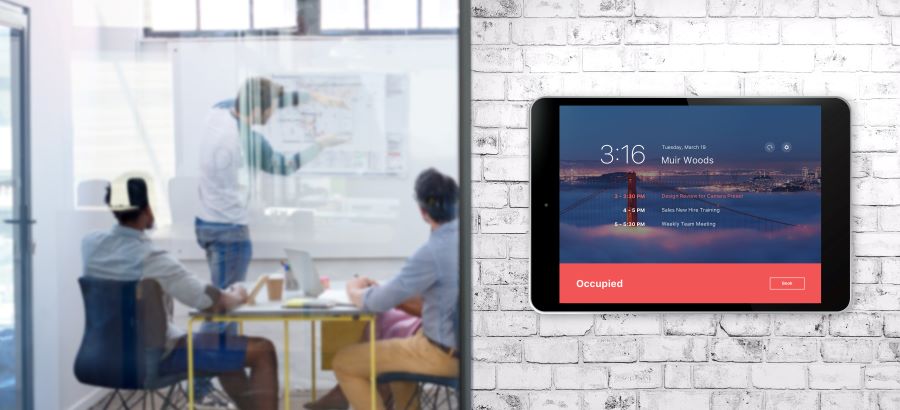Discover the Poly Lens, the All-In-One Management System
The hybrid work model raised many questions for businesses—and Poly has been ahead of the curve in addressing these issues. Poly’s hardware and software solutions streamline the video conferencing experience and simplify device management for IT teams.
As a full-service AV integration firm, we're big advocates of Poly’s meeting room solutions. One of Poly’s major advantages? Businesses that use more than one video conferencing system don’t have to choose between Zoom or Teams. With Poly, you can use your existing equipment to join different meetings.
But Poly knows that large businesses need a way to manage and monitor conferencing hardware and understand how the technology is actually being used. Enter Poly Lens, the management software that unifies all video conferencing endpoints. In this blog article, we’ll dive into how Poly Lens works and why it’s invaluable to modern businesses.
on Tuesday, 31 January 2023.
Posted in Meeting Room Solutions Scottsdale, AZ , Meeting Room Solutions
Yes, Even Hardware Can Be a Service
We’ve discussed the merits of managed services at length on these blog pages. The term SaaS (Software as a Service) is well understood in the IT lexicon and the technology world. Managed services are also starting to become well understood and, generally speaking, are all about delivering an outcome-based level of performance and service for a set monthly fee. So, what, then, is Hardware as a Service (HaaS), and how does it play into the world of managed services?
For the most part, HaaS is the same concept as any other managed service. We’re going to use a consumer example here, and while it may not correlate directly to the commercial audio-visual world, it is illustrative.
Volvo currently offers some unique leasing plans for some of its models. In fact, they don't call it a lease; they call it a subscription. Unlike common car leases, this one offers full maintenance (including tires), insurance, road hazard coverage, and almost everything you need to operate the vehicle but fuel. It doesn't even require a long-term commitment. It’s as close as you get in the auto world to the car as a service, where you get almost all the benefits of ownership without most of the downside.
HaaS for your Phoenix, AZ company can work in much the same way as Volvo’s subscription-based model, and then some. Let’s explore the HaaS model for AV and its benefits in more detail below.
on Friday, 07 January 2022.
Posted in Hardware as a Service – Phoenix, AZ , Hardware as a Service
What can you do to make workers want to come to the office?
In a hybrid workplace model, employees have the freedom and flexibility to choose where they work day-to-day. For some workers, that’s alternating days in the office with days at home. For others, that’s only coming to the office for all-hands meetings or team events. So how can your organization reconcile differing employee schedules and work styles while keeping everyone connected?
The key to creating an effective hybrid workplace is cultivating an office environment where employees are just as comfortable, productive, and efficient as they are at home. A successful hybrid model allows employees to move fluidly between home and office workspaces and have the best tools and conditions to thrive in both.
Tools like workplace experience apps, Crestron Flex room systems, and video conferencing platforms, combined with a fresh office re-design, can help your organization in Tempe, AZ, or elsewhere in the U.S. build the kind of workplace that makes workers want to come to the office.
Keep reading to learn three tips for implementing a hybrid model in your office spaces.
on Wednesday, 22 December 2021.
Posted in Hybrid Workplace, Tempe, AZ , Hybrid Workplace
Reevaluating Training Room Design for New Work Models
Everyone – including us – is talking about how hybrid work models will affect the nature of work and workplaces. While there is much being said, we don't know for sure what will happen. As companies and organizations manage the return to the office, they're adjusting in real-time to the realities of continuing health concerns, a workforce grown comfortable with working remotely, and what to do with physical office space and the technology that supports it.
In the past few months, we’ve put forth our thoughts on these trends and how organizations can rethink collaboration technology and meeting room design. What about one of the largest meeting spaces, the training room? Will that space survive the new hybrid work model? If it does, how will training room design evolve over the next several years here in Tempe, Arizona, or elsewhere? We'll explore some challenges and ideas below.
on Tuesday, 21 December 2021.
Posted in Training Room Design – Tempe, AZ, Training Room Design
Like It or Not, the Future of Work is Changing
We all know how much the pandemic disrupted the nature of office work in the past twenty months. But even after the pandemic is history, work will never be the same as before. While the pandemic was indeed disruptive, technology is far more disruptive. The trends driving remote work have been there for years, enabled by ever-advancing technology. Powerful laptops and devices, always-on connectivity, super-fast broadband in the home, 4G and 5G cellular, cloud computing, and too many other technologies to mention have enabled information workers to work anytime, anywhere.
What about collaboration? Even people who had never done a videoconference before now know about Zoom. Cloud-based collaboration tools were already reducing the need for business travel before the pandemic, and now millions of workers are used to collaborating productively from the comfort of home with platforms such as Zoom, Microsoft Teams, and WebEx.
So, is the office dead? Is the commercial office space market going off a cliff soon? No, but the office is being reimagined, whether it’s for Fortune 500 multinationals or commercial office space developers. Keep reading below for important trends and considerations your organization needs to contemplate for the new hybrid workplace models developing in Phoenix, AZ.
on Wednesday, 08 December 2021.
Posted in Hybrid Workplace Model – Phoenix, AZ, Hybrid Workplace Model
Learn about 3 trends we expect to see as the digital workplace evolves
Although the stirrings of a digital revolution have been present for years, the COVID-19 crisis that rocked the globe in 2020 catalyzed an abrupt shift from in-person to remote work for organizations in Scottsdale, AZ, and across the U.S. And now that employees have gotten a taste of the work-from-home life, there’s no going back to the way work was performed before.
Organizations are beginning to accept that the digital workplace is here to stay. Successfully embracing the shift to digital means investing in the technologies that foster communications, collaboration, and innovation among remote and in-person employees. Technology manufacturers like Crestron are guiding the digital evolution with products like Crestron Flex and XiO Cloud that enable globally dispersed hybrid workforces to thrive.
Keep reading to learn more about where we see the digital workplace moving over the next few years.
on Tuesday, 30 November 2021.
Posted in Digital Workplace, Scottsdale, AZ , Digital Workplace
Flex helps your organization create a consistently excellent experience in every space
Unified communications (UC) solutions make digital transformation possible in the workplace. At its core, UC requires cloud-hosted software that supports voice-over-IP telephony, audio and video conferencing, and messaging. More robust platforms like Microsoft Teams also support collaboration and information sharing tools like digital whiteboarding, file sharing, and co-authoring and editing.
Cloud-based UC platforms make it possible for hybrid workforces to work anywhere, on any device they feel most comfortable using. And when digital communication and collaboration tools are integrated with office hardware, UC solutions create user-friendly, standardized meeting room experiences across all meeting spaces in an organization.
on Friday, 15 October 2021.
Posted in Unified Communications Solutions, Scottsdale, AZ , Unified Communications Solutions
MEETING ROOM DESIGN SHOULD FACILITATE REMOTE COMMUNICATIONS, COLLABORATION, AND PRODUCTIVITY
Meetings are a fact of life for the modern employee in today’s workforce. But having a meeting and having a productive meeting are two completely different concepts. A few years back, Harvard Business Review conducted a survey with 182 senior managers. Approximately 71% said that meetings are unproductive and inefficient, and 62% said that meetings miss opportunities to bring the team closer together.
Meeting room design plays a significant role in facilitating productive meetings. Easy-to-use AV technologies foster better communications and more interactive collaboration while eliminating common meeting hiccups like bad audio and IT problems. And good AV design is more critical today than ever as meeting spaces shift to accommodate more video conferencing and remote collaboration.
on Friday, 14 May 2021.
Posted in Meeting Room Design, Scottsdale, AZ, Meeting Room Design
 Managing Meeting Room Solutions Just Got Easier
Managing Meeting Room Solutions Just Got Easier 







